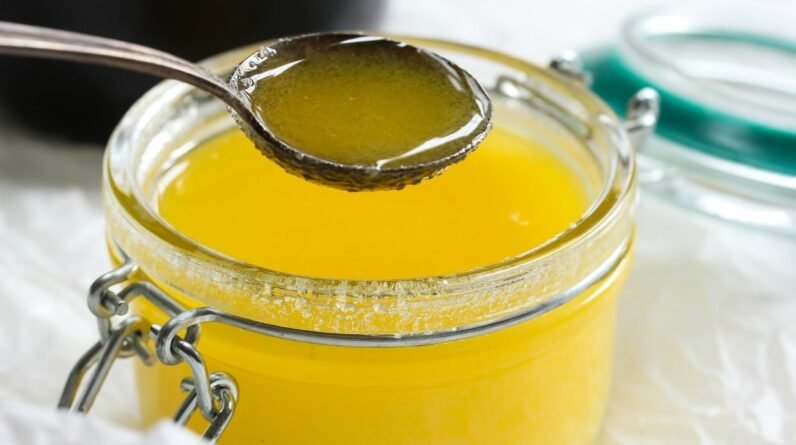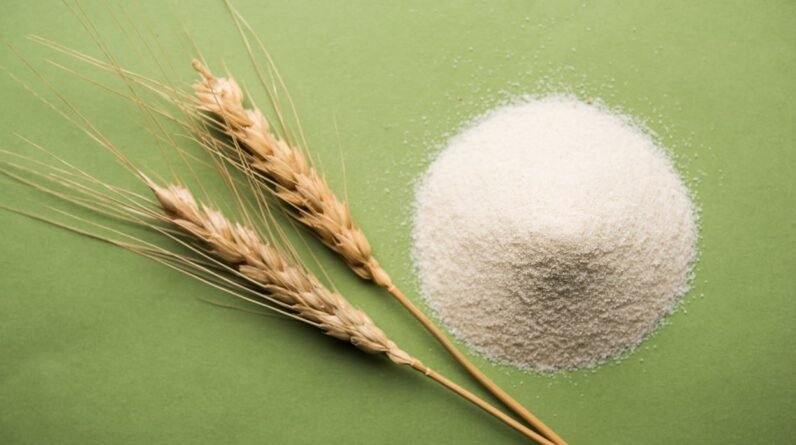
This post may contain affiliate links, which helps keep this content free. Please read our disclosure for more info.
Ever jumped into an ice-cold shower and instantly regretted your life choices? That bone-chilling shock might seem like a punishment reserved for daredevils, but there’s more to it than just a jolt to your system.
Believe it or not, that frigid experience could be your ticket to weight loss and a bundle of health benefits.
Cold water therapy isn’t just a trend for the brave; it’s an age-old practice with some seriously cool perks.
Ready to find out what cold water therapy can do for you? Let’s discuss how to improve your overall wellness, one cold splash at a time!
Related Article: Biohacking: Transforming Personal Health and Wellness
Cold Water Therapy for Weight Loss
Cold showers and weight loss? Sounds like another fad, but the science behind it is quite real. Let’s examine the chilling facts.
Understanding the Connection
When your body encounters cold water, it kicks into high gear to keep you warm. This sudden shift demands energy, and where does the body turn for that quick burst of fuel?
It turns to stored calories! By burning these calories, you’re not only generating heat but aiding in weight loss.
But here’s the really interesting part: cold water activates brown fat. Unlike its counterpart, white fat, which stores energy, brown fat functions to burn it, turning it into heat.
This is a natural response to cold, part of the body’s essential survival mechanisms. By stimulating this brown fat, you’re essentially giving your metabolism a mini workout, increasing your energy expenditure even when you’re not actively exercising.
The connection between cold water and weight loss is more than skin deep. It’s a complex interaction that involves physiological responses, energy balance, and metabolic function.
It’s about turning a simple daily routine into a potential tool for a healthier you.
And the best part? It’s as accessible as turning the shower knob to cold. Intrigued? The benefits might just be worth the initial chill!
What’s Brown Fat?
Brown fat, or brown adipose tissue, is a special type of fat that plays a unique role in your body.
Unlike typical white fat, which stores energy, brown fat actively works to burn calories and produce heat. Here’s why it’s so intriguing:
Function: Think of brown fat as your body’s natural furnace. When activated by cold, it burns calories to produce heat. This thermogenic property makes it different from white fat, helping you keep warm and burn extra calories simultaneously.
Location: Brown fat is primarily found in specific areas like the neck and shoulders. Babies have a higher amount of it, but adults retain some, and its quantity can be influenced by factors like temperature exposure and diet.
Activation: Cold water acts as a trigger for brown fat. When your body senses cold, it sends a signal to this specialized tissue, igniting a process that converts stored energy into warmth.
Health Benefits: Besides aiding in weight loss, brown fat is linked to improved insulin sensitivity and better blood sugar control. It can even have positive effects on your cholesterol levels.
Can You Increase Brown Fat?: Research suggests that regular exposure to cold (such as cold water therapy) might increase brown fat activity, and even its volume. Other factors like a healthy diet and regular exercise may also play a role.
In the context of weight loss and overall health, brown fat is an exciting subject. Its ability to convert calories into warmth positions it as an unexpected ally in your health and wellness routine.
Cold water, in this case, isn’t just a shock to the system; it’s a stimulus, a natural prompt that gets this extraordinary tissue working for you.
The next time you shiver in a cold shower, remember: it’s your brown fat, hard at work!
What the Science Says
The idea that cold water exposure might help with weight loss may sound novel, but it’s not merely a passing trend.
There’s solid scientific evidence to support this relationship. Here’s what the research tells us:
Increased Metabolic Rate: Studies have found that exposure to cold water can increase the metabolic rate, meaning your body burns calories at a faster pace. This rise in metabolism is primarily due to the body’s efforts to maintain its core temperature.
Activation of Brown Fat: As we discussed earlier, brown fat burns calories to produce heat. Research confirms that cold water exposure stimulates this unique tissue, contributing to weight loss.
Improved Blood Sugar Regulation: Some studies suggest that regular cold water exposure may help in regulating blood sugar levels, which could be beneficial for people aiming for a healthier lifestyle or those with certain metabolic conditions.
Potential Aid in Weight Management: In conjunction with a healthy diet and exercise, cold water therapy might serve as an additional tool in weight management. Research is still ongoing, but preliminary findings are promising.
Real-world Applications: Athletes and fitness enthusiasts have used cold water immersion as a recovery tool for years.
Limitations and Cautions: While the evidence is encouraging, it’s worth noting that cold water therapy alone is unlikely to lead to significant weight loss. It can be part of a broader strategy, but shouldn’t replace a balanced diet and regular exercise.
Ongoing Research: The field of cold water therapy is active and evolving. New studies are continually shedding light on its potential benefits and best practices.
The relationship between cold water exposure and weight loss isn’t merely anecdotal. It’s grounded in scientific observations and investigations.
While it might not be a magic bullet for shedding pounds, cold water therapy offers a scientifically supported method that could complement traditional weight loss strategies.
And as researchers continue to study this fascinating connection, who knows what additional benefits they might uncover in the future?
Your Guide to Getting Started
Feeling adventurous and curious to try out cold water therapy? It might sound daunting, but with a bit of preparation and a gradual approach, it’s something you can easily incorporate into your daily routine.
Start Slow: Initiate with a lukewarm shower. Your body will appreciate the gentle introduction. Gradually decrease the temperature over several days or even weeks, allowing your body to adapt.
Time It Right: Commit to just 30 seconds at first. It doesn’t have to be a long, torturous experience. Slowly extend the duration as you become more comfortable, perhaps adding 30 seconds every few days.
Listen to Your Body: This can’t be emphasized enough. If something doesn’t feel right, or if you start shivering uncontrollably, it’s time to warm up. Safety always comes first.
Combine with Breathing Techniques: Some practitioners of cold water therapy combine it with specific breathing exercises. Research the Wim Hof Method, for example, if you’re interested in a more comprehensive approach.
Pre- and Post-Shower Routine: Consider doing some light exercises before stepping into the cold shower to warm up your body. Afterward, dry off quickly and dress warmly to retain the heat.
Track Your Progress: Keeping a record of your experiences can be motivating and insightful. Note the temperature, duration, and how you felt during and after each session.
Be Patient and Persistent: Like any new habit, cold water therapy may take time to get used to. Consistency and a gradual approach can make the process more enjoyable and sustainable.
Consider Alternatives: If the shower isn’t your thing, consider other methods of cold exposure, like cold-water baths or using a cold compress. Find what works best for you.
Cold water therapy doesn’t have to be an extreme or unpleasant experience. Find a balance that works for you, and as you adjust, you may even begin to enjoy those invigorating moments under the cold spray.
It’s a practice of awareness, mindfulness, and connection to your body. And who knows? It might just become the refreshing start to your day that you never knew you needed!
Pros and Cons
Cold water therapy is gaining attention for good reasons, but like any health practice, it’s wise to weigh both the advantages and potential drawbacks.
Pros of Cold Therapy
Cold water therapy isn’t just about weight loss. While the potential to shed some pounds and activate brown fat is certainly intriguing, the benefits of this simple practice can extend far beyond that.
From boosting energy levels to enhancing recovery after exercise, cold water therapy offers a ton of health advantages that cater to many aspects of well-being.
Weight Loss: As previously discussed, cold water can stimulate the body to burn calories and activate brown fat, assisting in weight management.
Energy Boost: Many people report a surge in energy and alertness following a cold shower. This could be a natural reaction to the body warming itself.
Improved Circulation: Cold water exposure can enhance blood circulation, helping to distribute oxygen and nutrients more effectively throughout the body.
Enhanced Recovery: Athletes often use cold water baths to aid in recovery post-workout, as it may help reduce muscle soreness.
Skin and Hair Benefits: Cold water may improve the appearance of your skin by tightening pores and increase hair shine by flattening hair follicles.
Potential Boost to Immunity: Some studies suggest a link between regular cold showers and an increase in white blood cells, though more research is needed.
Cons of Cold Therapy
But what about the downsides? While the benefits of cold water therapy are appealing, it’s essential to consider the potential drawbacks and risks.
Initial Shock: The sudden chill of cold water can be uncomfortable or even jarring, especially when first starting out.
Potential Health Risks: If not done carefully, cold water therapy may lead to issues like hypothermia or exacerbate pre-existing health conditions.
Not a Standalone Solution: Cold water therapy can be part of a broader health strategy but shouldn’t be relied upon solely for significant weight loss or health improvements.
Time and Commitment: Like any new habit, integrating cold water therapy into your daily routine requires time, patience, and persistence.
May Not Be Suitable for Everyone: Individuals with certain medical conditions or a low tolerance to cold may find this practice unsuitable or need to approach it with extra caution.
Ready to Take the Plunge into Cold Water Therapy?
From weight loss to brown fat activation, improved circulation, and an unexpected energy boost, the world of cold water therapy is filled with exciting possibilities.
The initial shock may be a barrier, but with careful consideration of the potential risks and a gradual approach, it might just become a revitalizing part of your daily routine.
Why not give it a try tomorrow morning? The path to wellness could be as simple as turning down the temperature dial in your shower.
We’d love to hear about your experiences, thoughts, or any questions you may have. Feel free to share in the comments section, and let’s keep the conversation going!







